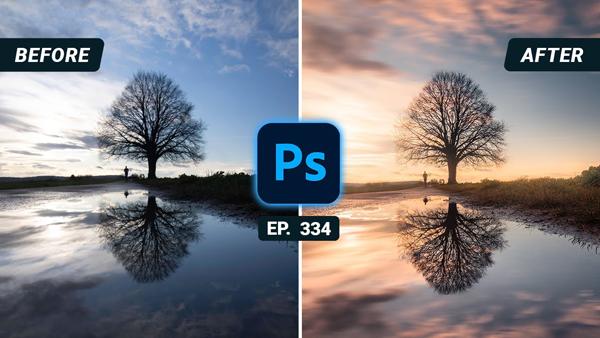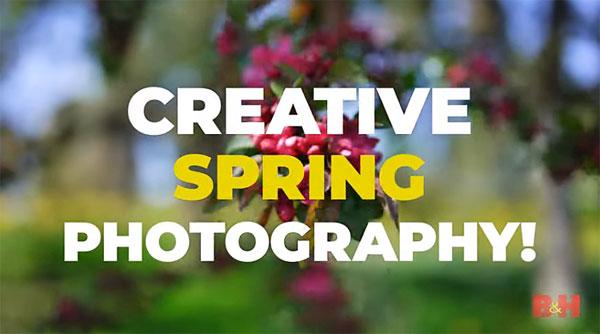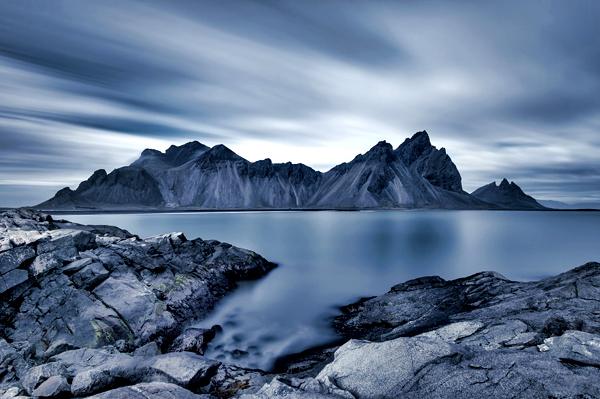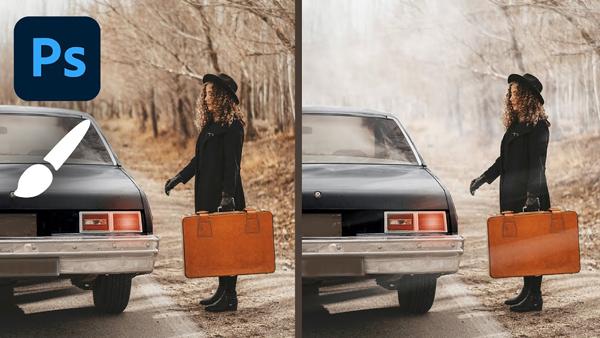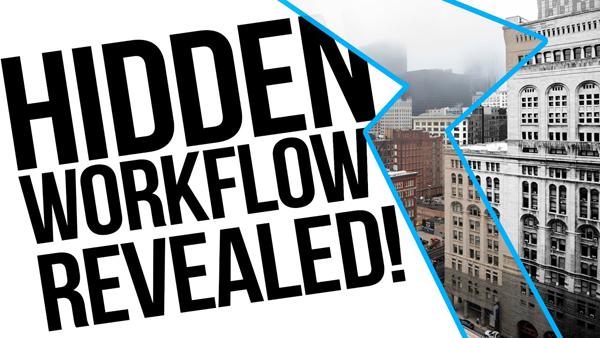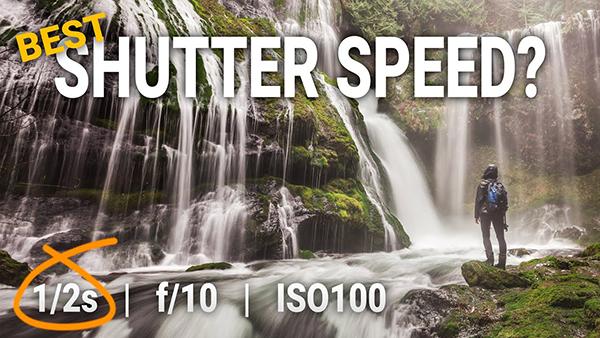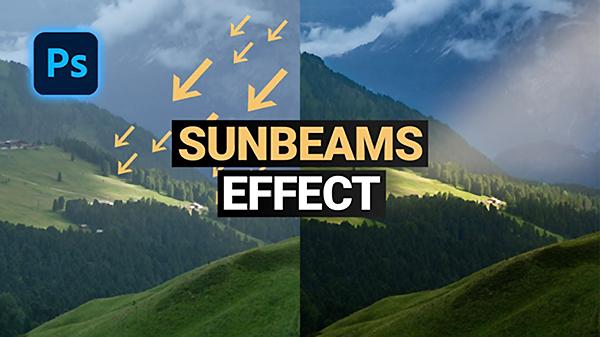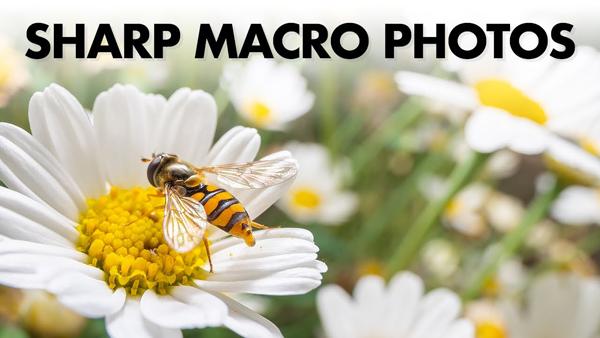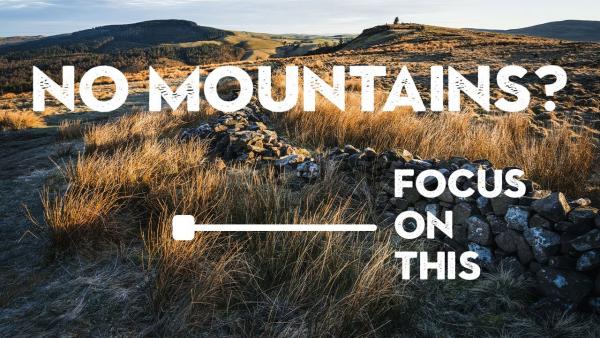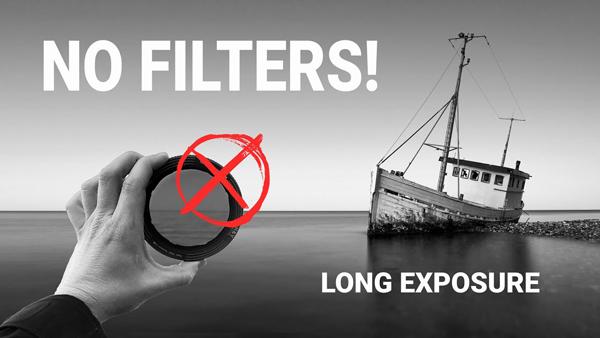Outdoor Photography How To
Sort By: Post Date TitlePublish Date
|
May 10, 2021 |
|
May 07, 2021 |
|
May 06, 2021 |
|
May 05, 2021 |
|
May 03, 2021 |
|
Apr 28, 2021 |
|
Apr 26, 2021 |
|
Apr 21, 2021 |
